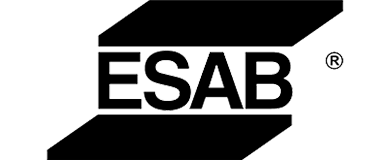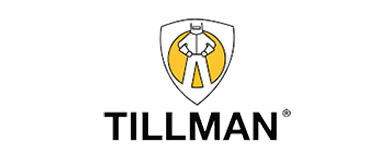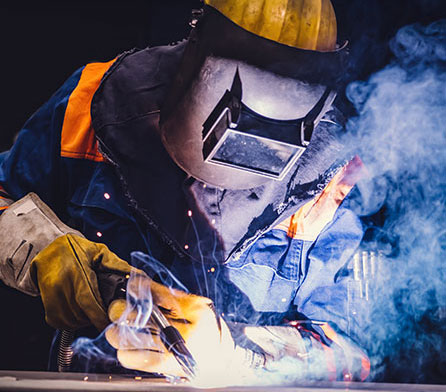Oxyacetylene Welding
Oxyacetylene welding. also known as Oxy-fuel Welding (OFW), includes any welding operation that uses combustion with oxygen as a heating medium. With this family of processes, the base metal and a filler rod are melted using a flame produced at the tip of a welding torch. Fuel gas and oxygen are combined in the proper proportions inside a mixing chamber in the torch. Molten metal from the plate edges and filler metal, if used, intermix in a common molten pool and join when cooling. Commonly-used fuel gases include acetylene, propylene, propane and natural gas.
The equipment used in oxyacetylene welding is low in cost, usually portable, and versatile enough to be used for a variety of related operations such as bending and straightening, preheating, post-heating, surfacing, brazing, and braze welding. Among commercially available fuel gases, acetylene most closely meets the requirements for all these applications. Cutting attachments, multi-flame heating nozzles and a variety of special application accessories add greatly to the overall versatility of the basic oxyacetylene welding equipment. With relatively simple equipment changes, manual and mechanized oxygen cutting operations can be performed. Metals normally welded include carbon and low alloy steels and most nonferrous metals.
Why Use Oxyacetylene Welding?
- Oxyacetylene welding is ideally suited for repair welding and for welding thin sheets, tubes and small diameter pipes
- Welder can exercise precise control over heat input and temperature, independent of the addition of filler metal
- Minimal dilution with the base material makes OFW suitable for surfacing applications
- Use of a reducing flame can assist in carburization of the surface to be welded
Oxyacetylene Welding Limitations
- Process deposition rates are low
- Welding thick sections, except for repair work, is not economical when compared to the many available arc welding processes
- Weld properties are generally not as good as those of arc weld deposits





























